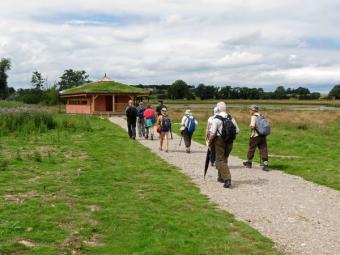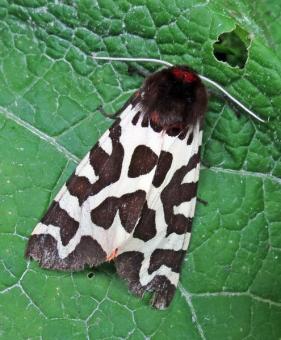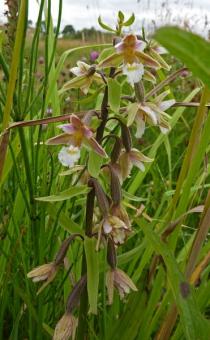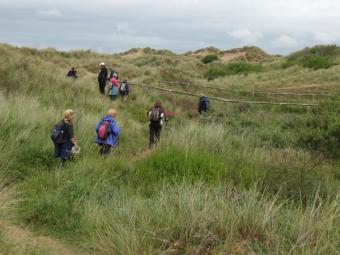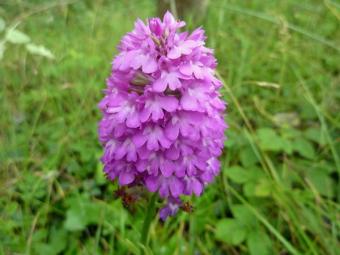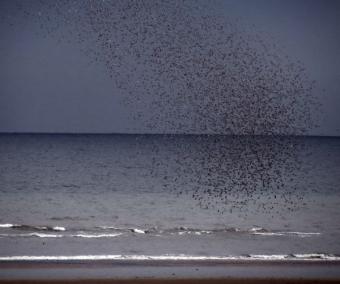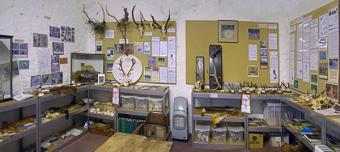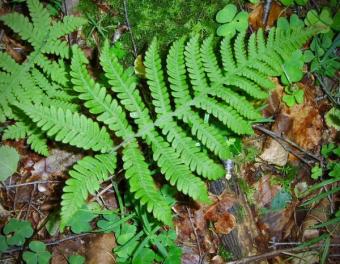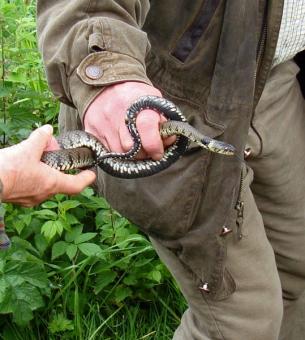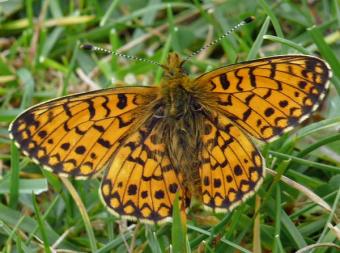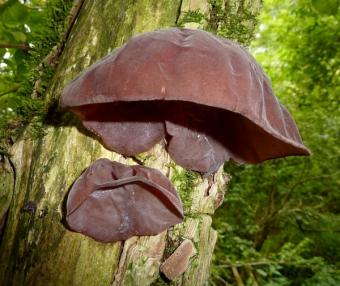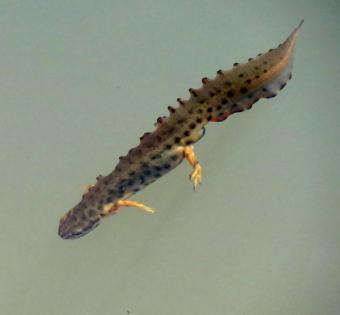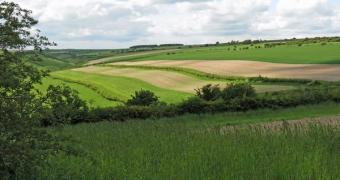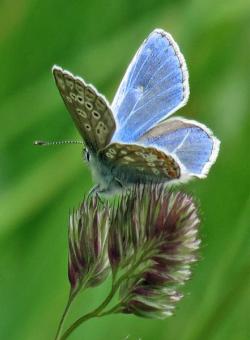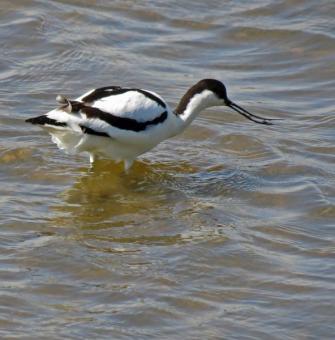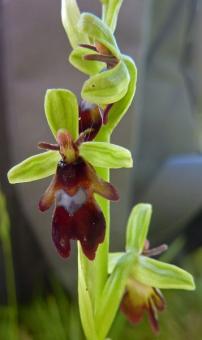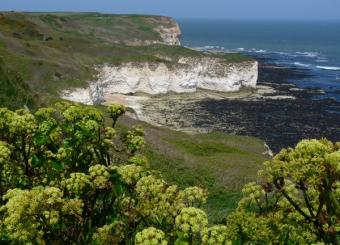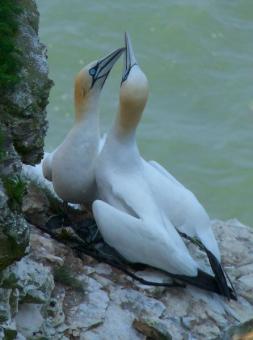WFV, Worsbrough Country Park, 31st July 2012
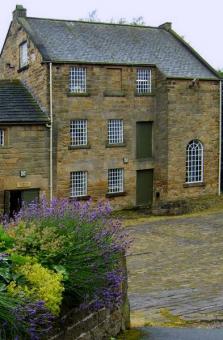 View of the MillWork commitments, holidays and illness reduced our numbers this week so it was a group of eleven that headed to South Yorkshire on quiet holiday roads for BEES’ inaugural visit to Worsbrough Mill Country Park near Barnsley. The inclement weather which probably put off the non-takers on the waiting list prevailed for most of the day but it was a light drizzle rather than heavy rain and this did eventually clear after lunch. Our destination was well chosen for a poor weather day as a 17th-century working water mill museum, shop and toilets all offered some diversion and shelter.
View of the MillWork commitments, holidays and illness reduced our numbers this week so it was a group of eleven that headed to South Yorkshire on quiet holiday roads for BEES’ inaugural visit to Worsbrough Mill Country Park near Barnsley. The inclement weather which probably put off the non-takers on the waiting list prevailed for most of the day but it was a light drizzle rather than heavy rain and this did eventually clear after lunch. Our destination was well chosen for a poor weather day as a 17th-century working water mill museum, shop and toilets all offered some diversion and shelter.
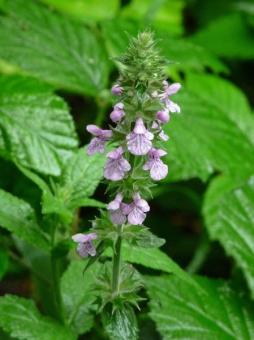 Marsh WoundwortA fishing reservoir forms the focal point for three walks of varying lengths and most of the party opted for the longest one of 5 km. The site had been chosen for the chance to see the yellow Touch-me-not Balsam (Impatiens noli-tangere) but regrettably this plant remained the See-me-not Balsam as far as we were concerned. However, 150 other plant species were recorded in the day by Joan of which Marsh Woundwort and Giant Bellflower were the highlights. It was late in the day before the weather tempted any butterfiles onto the wing but we did eventually manage to record Gatekeeper, Green-veined White, Small Tortoiseshell and Small Skipper before we left. The rain also kept the bird count down and only twenty species were recorded with the score being completed by a group of swifts heading south to South Africa and sun – these could well prove to the BEES’ last swifts of the year.
Marsh WoundwortA fishing reservoir forms the focal point for three walks of varying lengths and most of the party opted for the longest one of 5 km. The site had been chosen for the chance to see the yellow Touch-me-not Balsam (Impatiens noli-tangere) but regrettably this plant remained the See-me-not Balsam as far as we were concerned. However, 150 other plant species were recorded in the day by Joan of which Marsh Woundwort and Giant Bellflower were the highlights. It was late in the day before the weather tempted any butterfiles onto the wing but we did eventually manage to record Gatekeeper, Green-veined White, Small Tortoiseshell and Small Skipper before we left. The rain also kept the bird count down and only twenty species were recorded with the score being completed by a group of swifts heading south to South Africa and sun – these could well prove to the BEES’ last swifts of the year.
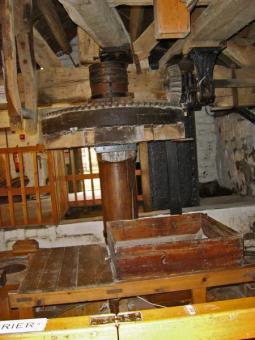 Wheel Above The MillstoneLunch was taken either in the draughty bird hide or at a nearby farm cafe and we rounded off the day with visits to the mill museum, where we saw the grinding wheels being water driven, and to the museum shop where several of our group bought flour that had been ground in the mill.
Wheel Above The MillstoneLunch was taken either in the draughty bird hide or at a nearby farm cafe and we rounded off the day with visits to the mill museum, where we saw the grinding wheels being water driven, and to the museum shop where several of our group bought flour that had been ground in the mill.
The consensus was that it had been one of those days when we would have otherwise been looking out of our windows bemoaning the poor weather and so we were pleased that we had made the effort and enjoyed a new destination within easy reach which allowed us to have a normal day’s activity and be back in Bradford for 4.30 without any of the usual M62 delays.
Many thanks to Lorna and Andrew for organising and to Lorna for leading the day.
Stuart

